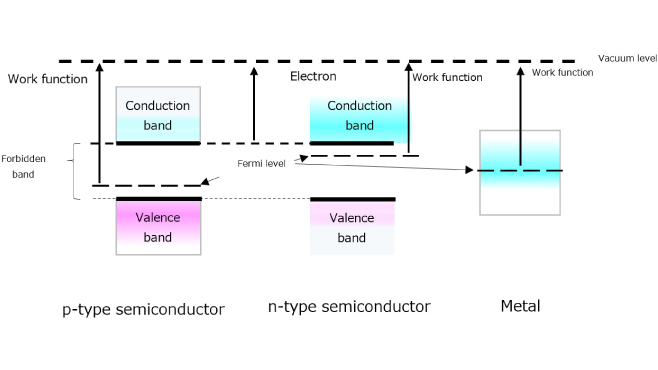- 型号 & 关键词搜索
- 交叉搜索
- 参数搜索
- 库存查询与购买
This webpage doesn't work with Internet Explorer. Please use the latest version of Google Chrome, Microsoft Edge, Mozilla Firefox or Safari.
请输入3个以上字符 Search for multiple part numbers fromhere.
The information presented in this cross reference is based on TOSHIBA's selection criteria and should be treated as a suggestion only. Please carefully review the latest versions of all relevant information on the TOSHIBA products, including without limitation data sheets and validate all operating parameters of the TOSHIBA products to ensure that the suggested TOSHIBA products are truly compatible with your design and application.Please note that this cross reference is based on TOSHIBA's estimate of compatibility with other manufacturers' products, based on other manufacturers' published data, at the time the data was collected.TOSHIBA is not responsible for any incorrect or incomplete information. Information is subject to change at any time without notice.
请输入3个以上字符
2.金属半导体结
在上一节中,我们讨论了跨pn结的扩散电势。
您现在便能了解,费米能级是pn结的参考能级。
对于金属半导体结,金属与半导体连接在一起,因此其费米能级在无外部偏置的情况下保持一致。虽然费米能级用作pn结的扩散电势(势垒电势)的参考点,但对于金属-半导体结,功函数用作参考点。如下文所述,金属半导体结的特性取决于金属的功函数是大于还是小于半导体的功函数。
这里使用以下一些术语:
- 电子亲和力:通常情况下,原子或分子的电子亲和力是指当电子连接中性原子或分子时所释放的能量大小。半导体的电子亲和力是导带中最低能级与真空能级之差。金属的电子亲和力等于其功函数。
- 费米能级:费米能级是根据费米分布有50%概率被电子占据的能级。
- 功函数:功函数是从分子中去除自由电子所需的能量。它等于费米能级与真空能级之差。
- 真空能级:真空能级是带电粒子(例如,电子)在具有零动能的真空中时的能级。

当具有功函数Φn的n型半导体与具有功函数Φm的金属连接在一起时,金属-半导体结的特性取决于Φn与Φm之差。当Φm > Φn时,形成肖特基结,而当Φm < Φn时,形成欧姆结。半导体的功函数为费米能级减去真空能级。
- 1/4
- Next

